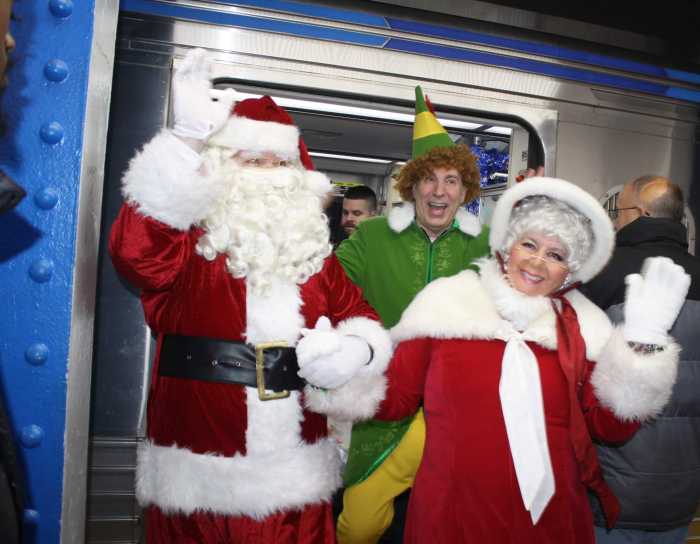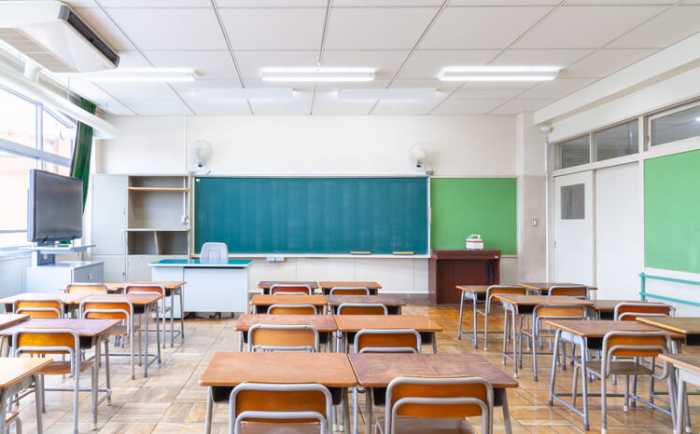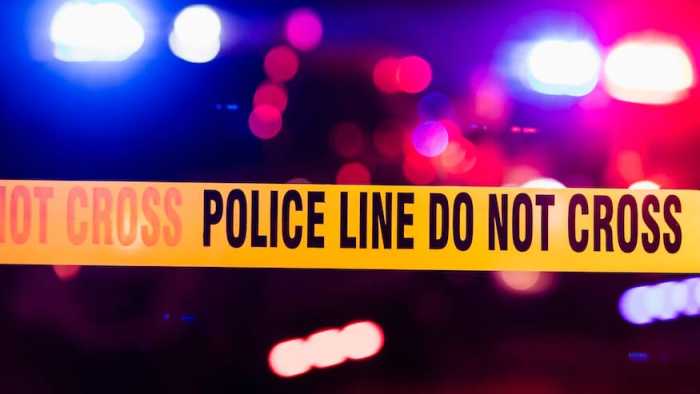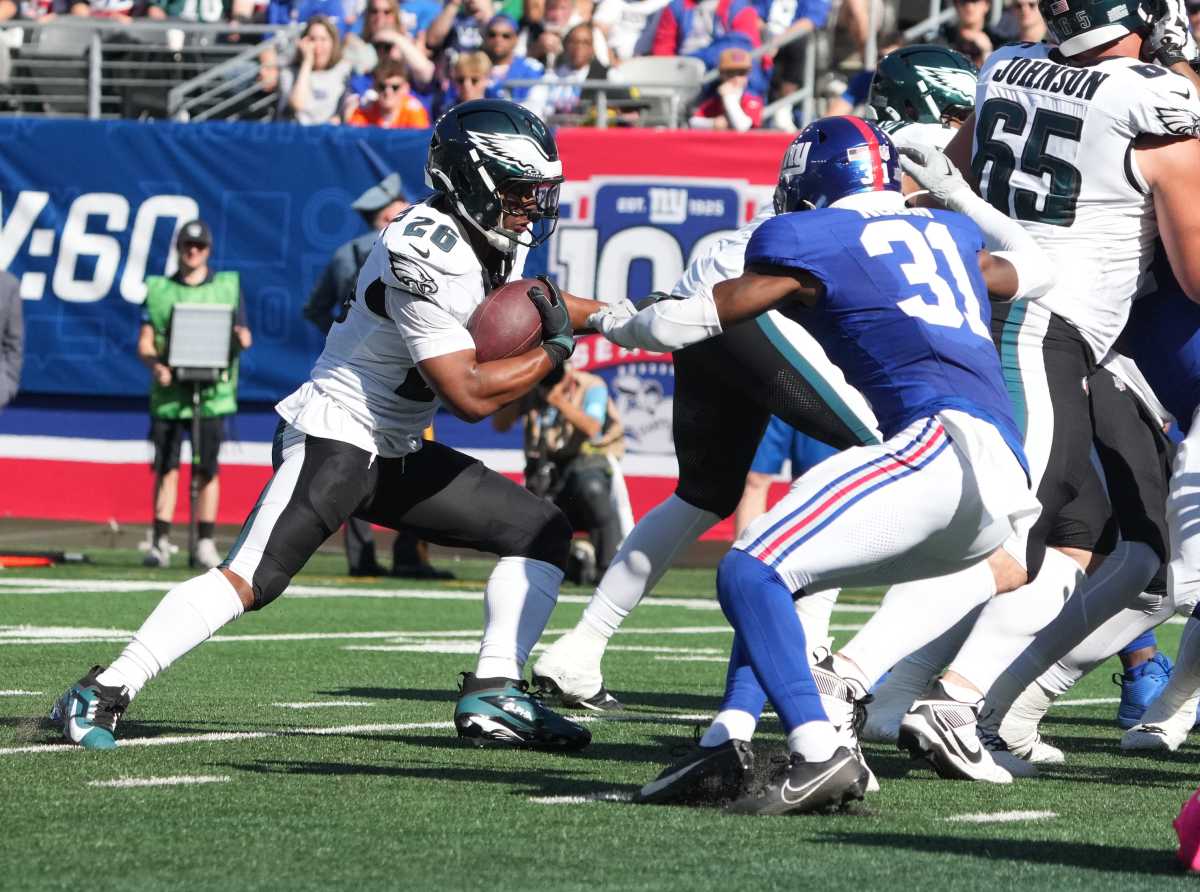An Arctic air mass is heading to Philly Tuesday morning – part of the fallout that has seen temperatures plunge and snow fall across much of the Midwest.
The National Weather Service shared on their website that, “the coldest surge of arctic air so far this season will bring widespread record low temperatures for much of the central and eastern U.S. even down to the Gulf Coast.”
Additionally, weather.gov said, “This will make it feel like in the middle of winter rather than in November for much of the eastern two-thirds of the country for the next few days.”
Due to this air mass, Philly is expected to get its first snow Tuesday morning.
The warmest the weather is expected to be is 42 degrees between 2 a.m. and 4 a.m. Tuesday, according to the National Weather Service. Rain will begin to fall at 4 a.m. and is expected to turn into snow Tuesday afternoon. By nightfall Tuesday, temperatures could drop as low as the low 20s or high teens, NWS reports. Additionally, wind chill values early on Wednesday morning are anticipated to fall below zero in the Poconos and far northern New Jersey, with a range of 5 to 15 in much of the rest of the region.
Little to no accumulation is expected, but it’s still important to be prepared for bitter temperatures. Temperatures will rise slightly after daybreak Wednesday, with a high of 33 expected for the afternoon before another drop to the 20s overnight. A high of 43 should be welcomed on Thursday, rising to 50 on Friday, which will see the region recalibrate to normal temperature ranges for this time of year. The east coast should brace itself for similarly frigid temperatures, expected mid-December.
Ready.gov suggests that to prepare for frigid cold weather to learn the signs of cold-associated illnesses, including frostbite, hypothermia, and more.
According to ready.gov, here are some warning signs and of each illness, you should look for during the extreme cold. Here’s what the website says:
Frostbite causes loss of feeling and color around the face, fingers, and toes.
– Signs: Numbness, white or grayish-yellow skin, firm or waxy skin
o Actions: Go to a warm room. Soak in warm water. Use body heat to warm. Do not massage or use a heating pad.
Hypothermia is an unusually low body temperature. A temperature below 95 degrees is an emergency.
– Signs: Shivering, exhaustion, confusion, fumbling hands, memory loss, slurred speech, or drowsiness
o Actions: Go to a warm room. Warm the center of the body first—chest, neck, head, and groin. Keep dry and wrapped up in warm blankets, including the head and neck.



























